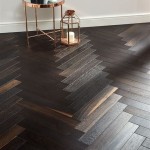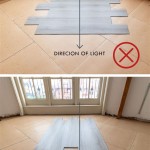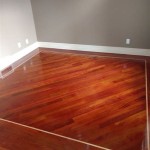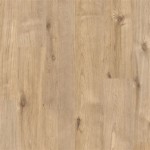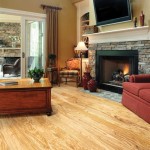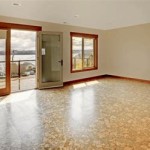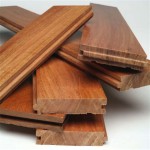Uncovering The Best Wood Flooring Options For Your Home
When selecting wood flooring for your home, there are various factors to consider, including species, grade, finish, and installation method. By understanding these aspects, you can make informed decisions that align with your preferences, lifestyle, and budget.
Species:
The type of wood used for flooring determines its durability, appearance, and cost. Some popular species include:
* Oak: Known for its strength, durability, and distinctive grain patterns. * Maple: A light-colored wood with a fine grain, offering a sleek and modern look. * Walnut: A rich, dark-colored wood with a luxurious and sophisticated aesthetic. * Cherry: A reddish-brown wood that deepens in color over time, creating a warm and inviting ambiance. * Hickory: A very hard and durable wood, suitable for high-traffic areas with excellent resistance to wear.Grade:
The grade indicates the quality of the wood, primarily based on its appearance. Common grades include:
* Select: The highest grade, featuring minimal knots and blemishes. * Clear: Similar to select but with even fewer defects. * No. 1 Common: Contains some small knots and color variations but provides a natural and rustic look. * No. 2 Common: Suitable for areas with less foot traffic, as it includes more noticeable knots and imperfections.Finish:
The finish applied to wood flooring protects it from wear and enhances its appearance:
* Pre-finished: Applied at the factory, offering convenience and consistent quality. * Unfinished: Installed unfinished and then stained and finished on-site, allowing for customization. * Solid Color: Creates a uniform, modern look by concealing the natural wood grain. * Distressed: Imitates the appearance of aged wood, adding character and charm.Installation Method:
The chosen installation method influences the durability and longevity of your wood flooring:
* Nailed: Securing planks to a subfloor with nails, providing a strong and stable installation. * Stapled: Similar to nailing but using staples, which are less noticeable. * Glued: Bonding planks to the subfloor with an adhesive, resulting in a seamless and water-resistant surface. * Floating: Installing planks on a padding without securing them to the subfloor, allowing for easy removal.Other Considerations:
In addition to the primary factors, consider the following:
* Moisture Resistance: Some species, such as oak and walnut, offer better moisture resistance than others. * Environmental Impact: Choose wood flooring certified by the Forest Stewardship Council (FSC) to ensure sustainable sourcing. * Maintenance: Wood flooring requires regular cleaning and maintenance, such as sweeping, vacuuming, and occasional refinishing.By carefully evaluating these aspects, you can select wood flooring that complements your home's style, meets your lifestyle needs, and provides lasting beauty and value.

How To Choose The Right Wooden Flooring Cost Maintenance Lifespan

Creative Ways To Use Wooden Tiles In Your Home Beautiful Homes

Flooring 101 Choosing The Right Width For Your Wood Floor Carlisle Wide Plank Floors

Can Flooring Make A Small Room Look Bigger Loudoun Valley Floors

Do Hardwood Floors Increase Home Value Roi Cost

Three Unique Flooring Ideas

The Expert S Guide Stylish Grey Wood Flooring Options Jfj

The Best White Oak Floors Evolution Of Style

Diy Guide How To Professionally Sand Wooden Floors Floorboards

5 Hardwood Floor Repairs You Can Do Yourself
See Also
